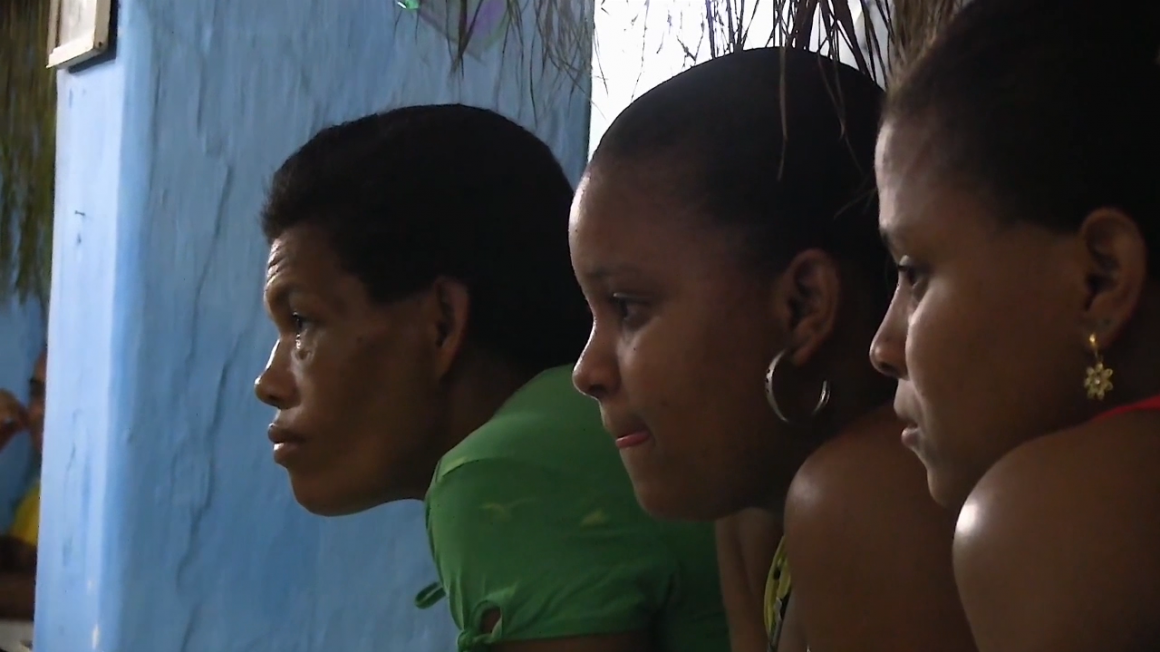
“..alternately invisible and too prominent. So I walk
caught between memory and forgetting, between
memory and forgiveness.”
Garnette Cadogan, Walking While Black
The essay Walking While Black examines the conflicted idea of the public space.
adjective: public
{communal, collective, shared, joint, universal}
But public for whom?
Cadogan’s descriptions of the experience of walking as a Black man could be described as an act of imposed performance where marginalised bodies must create their own survival tactics (or routines) to minimise acts of scrutinisation|threat|death.
Black Spatial Imaginaries re/considers the relationship of space within the natural and built environments towards the Black body through the period of now, defined as the afterlife of slavery (as described by Saidiya Hartman) and post-colonialism. It highlights the spacial hierarchy that exists that leads to bodies occupying/being occupied themselves.
The first programme focuses on the natural environment and how land, sea + sky work to push and pull Black bodies within geographical landscapes. Included within the program are two films by Alberta Whittle, which make visible the current effects of climate change within the Caribbean, centring the unspoken Black experience within the climate conversation.
The second programme asks how we begin to think about the physicality of bodies within spaces and places. Who gets to occupy a space and how? Afro-Futurism/Surrealism can be deployed as methods to interrogate the boundaries of a given spatial location through the reimagining of its capabilities through a collective Blackness. In 1974, Afro-Futurist legend Sun Ra posed the idea of a planet existing solely for Black people, bringing them together through music, to see how they do ‘without white people’. In a similar way, the film When I Get Home (Solange) shows the beauty of a collective Blackness.
adjective: collective
{common, shared, joint, combined, mutual, communal, united, allied, cooperative, collaborative, undivided}
On the other hand, Welcome To Africville, a docufiction style film by Dana Inkster deals with the environmental racism and the enforced demolition of a Black community from Nova Scotia, Canada. Inkster’s choice of characters who are given the role of the fictional residents of Africville, offer us a queer perspective that speaks of those destroyed and lost (hi)stories, set to archival footage of the real Africville being destructed. Part of a larger interdisciplinary project Black Geographies: Bodies of Spatial Purpose, the Black Spatial Imaginaries programme offers the possibility to think about our surrounding environment as one that shapes identities and histories in ways that can often be unintentional thus go unnoticed.
Natasha Ruwona
Black Spatial Imaginaries is made up of 2 programmes:
BLACK SPATIAL IMAGINARIES 1
Saturday 21 March (16.30) at Civic House. Followed by a performance by Nova Scotia The Truth.
Prior to this first programme there will be a free mapping workshop open to Black* people only. Registration required. (*Not prescribing to political Blackness.)
BLACK SPATIAL IMAGINARIES 2
Sunday 22 March (15.45) at the CCA Cinema. Followed by a response from the curator.